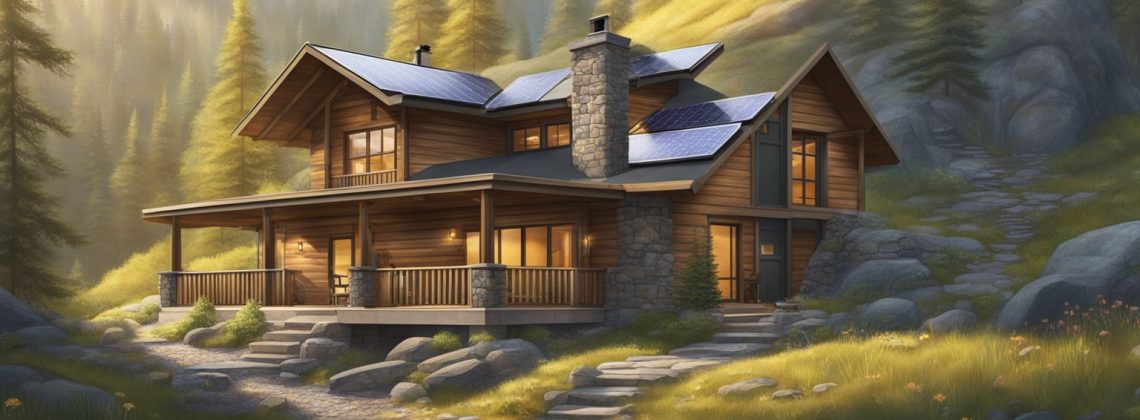
In the realm of emergency preparedness, identifying a suitable bug out location is a critical step for ensuring safety during a sudden crisis or SHTF (shit hits the fan) event. The concept of ‘bugging out’ refers to the action of evacuating your current location to a safer, pre-designated area in the face of an imminent threat. Preppers and survival enthusiasts emphasize the importance of having a bug out plan that includes a well-thought-out destination that can support subsistence for an extended period.
Selecting the best bug out location hinges on a thorough understanding of the environmental risks, access to essential resources such as water and shelter, and the feasibility of reaching the site under duress. It encompasses not just strategic placement away from dense populations but also considerations like legal restrictions, distance from your primary residence, and adaptability to potential hazards. The ideal location will also account for long-term survival needs and practical concerns, including food supply and security.
Key Takeaways
- Ensuring safety in emergencies requires a pre-planned bug out location.
- The location should be strategically chosen based on accessibility and resource availability.
- A balance between practicality and long-term survival aspects defines the best locations.
Understanding Bug Out Locations
When preparing for unforeseen events, knowing what constitutes a bug out location and why it’s crucial can save your life. Your choice of location is instrumental in ensuring safety and security amidst a variety of disasters.
Defining a Bug Out Location
A bug out location is a pre-designated place you plan to escape to in case of a major disaster. It’s a safe haven, separate from your usual residence, equipped with essentials for survival. The aim is to have a secure spot that supports self-sufficiency away from the chaos that ensues during a crisis.
Importance During Disasters
During disasters, whether natural or man-made, having a bug out location can mean the difference between life and death. It’s a strategic retreat offering protection and peace of mind. In the midst of turmoil, your bug out haven stands as a bastion of stability allowing you to manage and recuperate from the disaster’s impacts with fewer risks.
Criteria for the Ideal Bug Out Location
To ensure your safety during disasters, your bug out location should meet certain criteria:
- Distance: Ideally, it should be far enough to evade immediate danger yet reachable without extended travel.
- Seclusion: Privacy is vital to avoid the influx of other evacuees or threats.
- Accessibility: You need a clear and reliable route to reach your destination without impediment.
- Shelter: A sturdy structure or means to create one is essential for protection against the elements.
- Self-Sufficiency: Natural resources like water and land for growing food can sustain you when traditional supply chains are unavailable.
- Natural Threats: Choose a location with minimal risk from natural disasters, avoiding flood plains or unstable geologic areas.
Remember, your bug out location is your life raft during turbulent times. Choose wisely to ensure it provides the ultimate combination of safety and sustainability.
Basic Requirements of a Bug Out Location
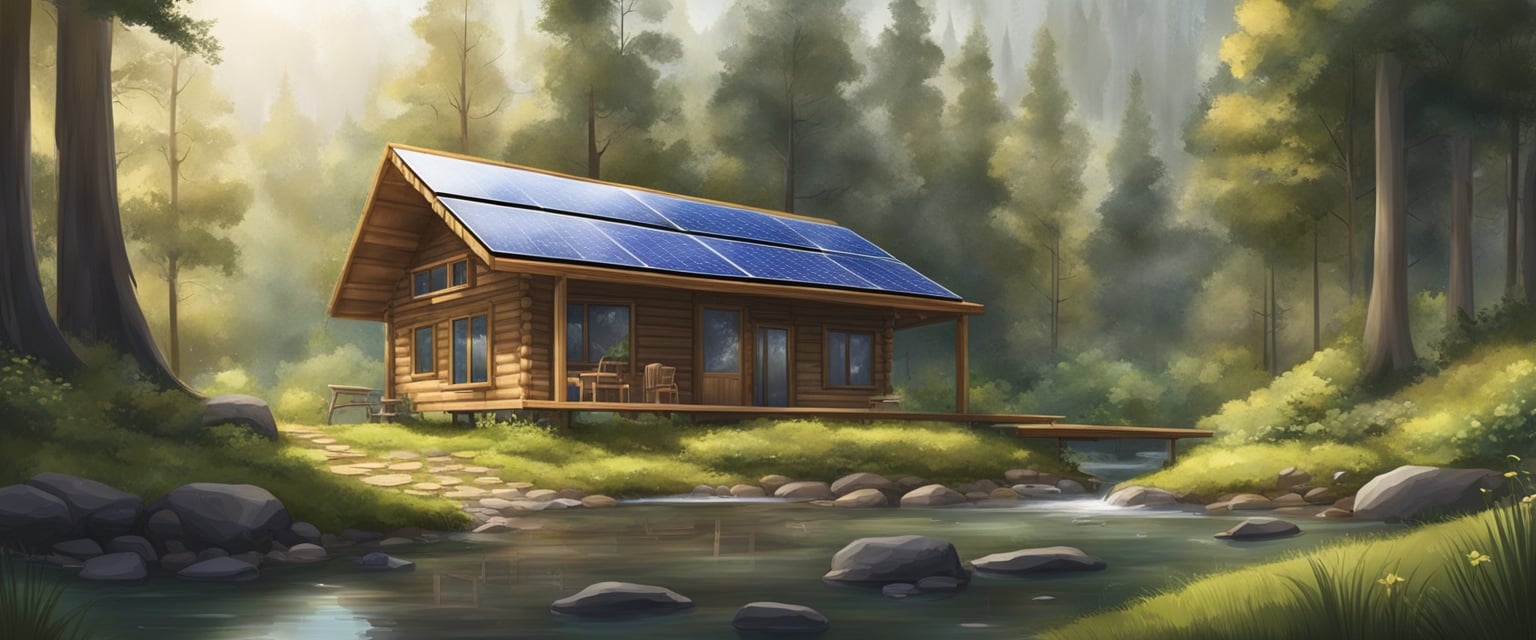
To ensure your safety and resilience in emergencies, your bug out location needs to meet specific fundamental requirements. These include sensible distance from populous areas, reliable water and food sources, as well as suitable shelter and materials.
Accessibility and Distance
Your bug out location should strike a balance between accessibility and safe distance from densely populated areas. Ideally:
- It should be far enough to avoid the immediate fallout of urban chaos.
- Yet, it must be close enough that you can reach it without facing significant transport challenges.
| Criteria | Description |
|---|---|
| Travel Time | Aim for a location that doesn’t require more than a day’s travel, factoring in potential delays. |
| Routes | Have multiple routes planned; this increases your chances of reaching your destination unimpeded. |
Availability of Water Sources
Water is critical for survival. Ensure:
- There is a reliable source of water near your location.
- Consider proximity to natural water bodies like rivers, lakes, or a well you can access.
Note:
- Test water quality in advance.
- Have the means to purify water if necessary.
Food Supply and Opportunity
You need a steady food supply. Your location should offer:
- Land for gardening to grow your own food.
- Natural food sources, such as fishing spots or areas abundant in wildlife.
Preparation:
- Stock up on non-perishable supplies.
- Acquire skills like hunting or foraging.
Shelter and Building Resources
A suitable shelter is essential for protection against the elements and to provide security. Your location should:
- Have an existing structure or the resources needed for building one.
- Offer materials you can use for maintenance and fuel.
| Requirement | Importance |
|---|---|
| Durability | Your shelter should withstand weather extremes and other potential hazards. |
| Insulation | Good insulation is necessary for both hot and cold climates. |
Assessing Environmental Factors

When selecting a bug out location (BOL), environmental factors play a crucial role in ensuring your safety and sustainability. These elements dictate the livability of your chosen area under diverse conditions.
Climatic Considerations
Climate is a determinant of survival. It influences the shelter you build, the clothing you need, and the crops you can grow. Consider the following:
- Average Temperature: Ensure your BOL has a temperate climate where you can comfortably survive year-round without extreme heating or cooling requirements.
- Precipitation: Adequate rainfall is vital for agriculture, but too much can cause flooding. Look for a balance.
- Extreme Weather Events: Analyze regional weather patterns to gauge the risk of natural disasters, such as hurricanes or wildfires, which are critical natural threats to consider.
Understanding Local Wildlife
Knowing the wildlife in your region ensures you can prepare against potential threats and benefit from wild game. Here’s what you need to evaluate:
- Predators: Identify local predators and plan your safety measures accordingly.
- Food Sources: An area rich in wildlife offers opportunities for hunting, but ensure sustainable practices to avoid depletion.
Geographical Advantages
Your BOL should be chosen based on strategic geographical advantages:
- Terrain: Look for land with a defensible position, like higher elevations, and consider ease of access.
- Natural Resources: Water sources, fertile soil, and availability of timber or stone can dictate self-sufficiency.
- Region Specifics: Certain regions offer unique benefits; for example, the Rocky Mountains provide isolation, whereas the Pacific Northwest has abundant water sources.
By carefully evaluating these environmental factors, you’ll enhance your chances of maintaining a reliable bug out location.
Strategic Location Planning
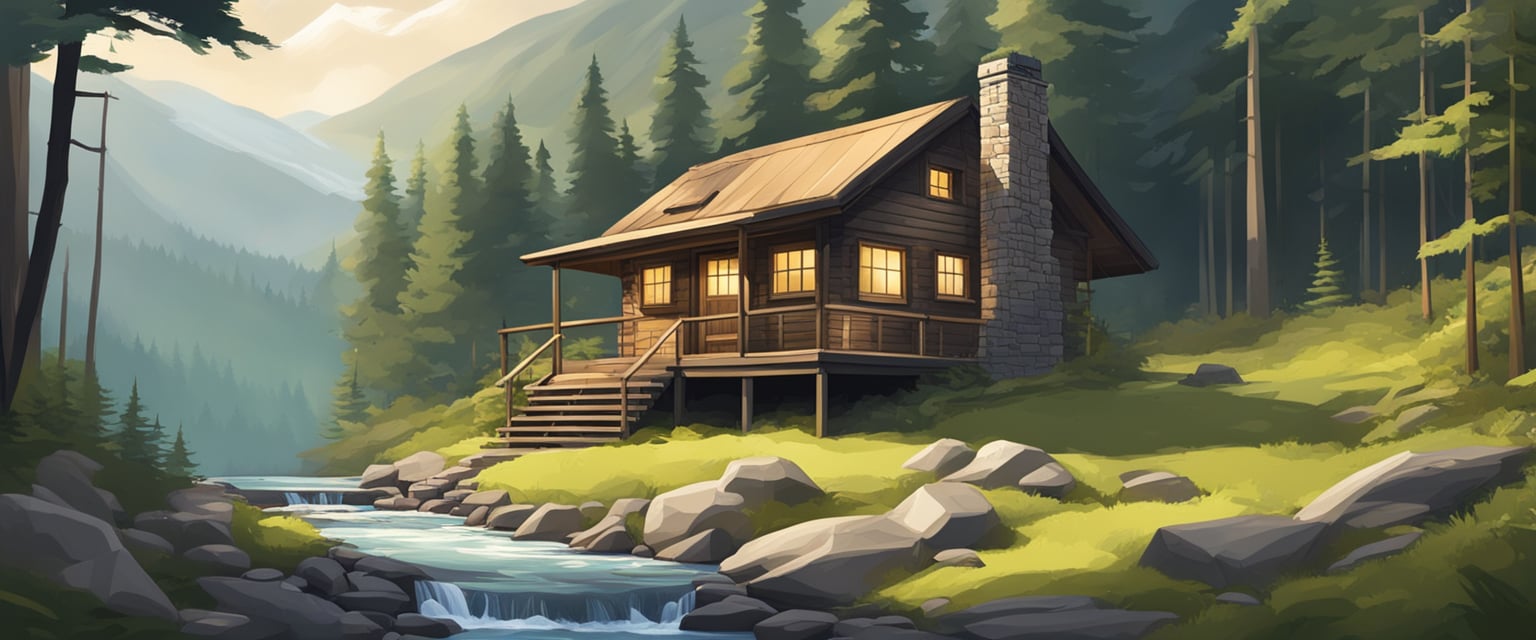
Effective strategic location planning requires careful selection of your bug out spot, a thorough understanding of potential risks, and well-developed escape strategies. These elements contribute to a robust plan that ensures you are prepared for various emergency scenarios.
Selecting Proximity to Civilization
Considerations for Proximity:
- Urban Areas: Staying close enough to a city for resource access while maintaining distance to avoid high population threats.
- Rural Areas: Leveraging the safety of isolation yet ensuring it’s not too remote for travel or communication.
You should aim to select a location that balances your needs for resources with the imperative for safety.
Identifying Potential Threats
Common Threats to Consider:
- Natural disasters (e.g., floods, wildfires)
- Socio-economic disturbances (e.g., riots)
- Environmental hazards (e.g., unsafe water sources)
Your location should be chosen with an awareness of the threats unique to the area, and your preparation should include measures to mitigate these.
Creating Escape Routes and Plans
Escape Routes:
- Primary Route: Most direct and practical; pre-planned and tested.
- Alternative Routes: Back-up options avoiding major traffic and checkpoints.
Communication Plan:
- Establish check-in points and methods for communication in case of separation or emergency.
Routes should ensure swift, safe evacuation, and plans must ensure you can remain in contact with your group or external support.
Essentials for Long-Term Survival
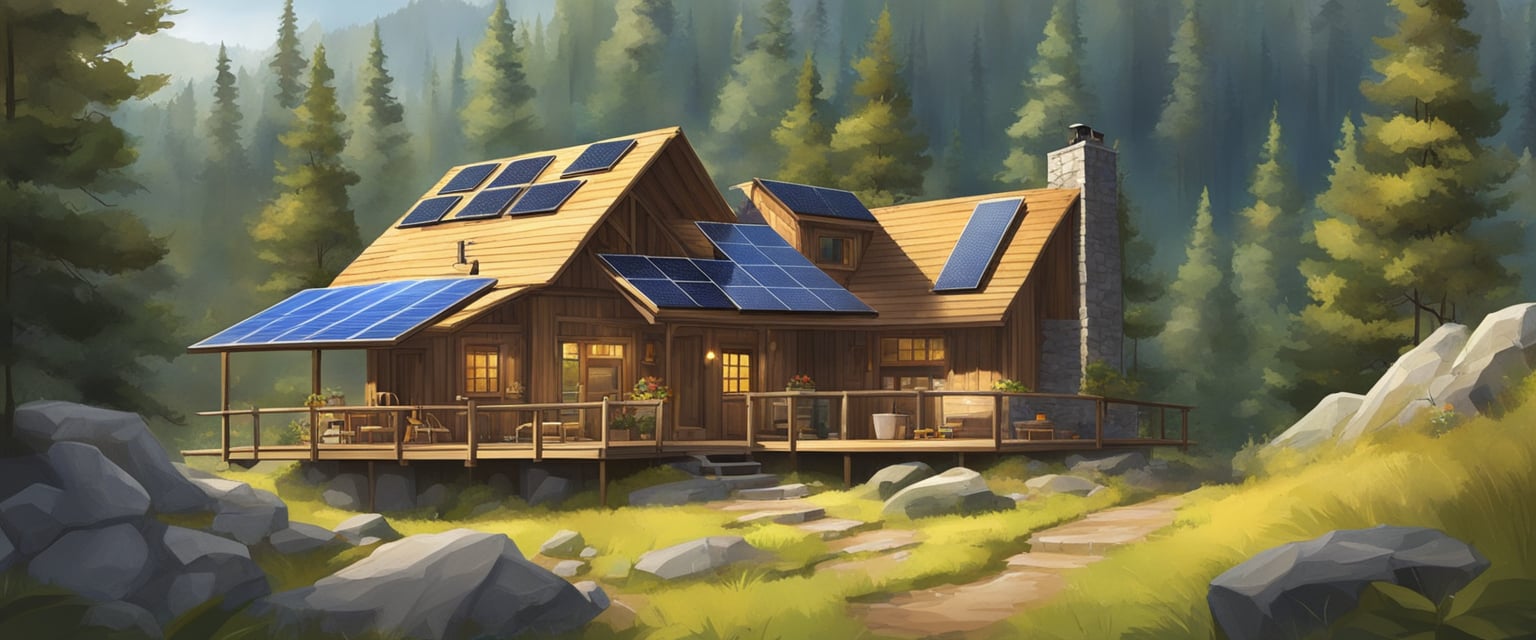
To ensure your long-term survival at a bug-out location, prioritize self-sufficient systems for food, water, and power supply.
Sustainable Food Production
Your ability to produce food at your bug-out location is essential. Focus on setting up a garden for a variety of vegetables and fruits that are suitable for the climate and soil conditions. Utilize gardening techniques that support high yields and replenish the soil such as crop rotation and composting. Raise livestock for protein sources; chickens, for instance, can provide eggs and meat, while goats can offer milk. If possible, incorporate a fish pond for aquaculture, giving you an additional resilient food source. You should also explore local hunting resources to supplement your diet, ensuring you can provide for yourself without reliance on external food sources.
Maintaining a Fresh Water Supply
It’s crucial to secure a reliable source of fresh water. If your location allows, drill a well to access groundwater, and regularly test it to ensure its purity. Set up a rainwater collection system with a filtering process for potable water. Water purification methods, like boiling or using purification tablets, are important to know in case your main supply becomes compromised. For your garden and livestock, implement water-saving techniques such as drip irrigation to conserve your vital water resources.
Energy and Power Sources
An independent energy and power supply is key to self-sufficiency. Install solar power panels to harness energy for electricity in a renewable way. This can provide power for essential devices, pumps, and possible refrigeration. Solar power’s reliability will vary based on location and weather conditions, but it remains one of the most effective off-grid options. In regions with less sunlight, consider wind turbines or firewood as an alternative, particularly for heating. Have a stockpile of firewood ready for cooking and warmth, but also understand sustainable harvesting to avoid depleting this resource.
Practical Considerations

When selecting a bug out location, you must consider legalities, weigh costs against your budget, and plan for transportation. Addressing these areas ensure your choice is viable and accessible.
Legal and Zoning Regulations
Before purchasing or developing a bug out location, it’s essential to understand the local laws and zoning regulations. Acquaint yourself with permissible land uses, as this may affect your ability to build structures, access water sources, or hunt for food. Ensure that you are not infringing on protected lands as violating these can lead to legal complications.
Cost and Budgeting for a Bug Out Location
Cost is a critical factor in your decision. Determine your budget early on and stick to it. When budgeting, consider the following:
- Initial Purchase Price: Secure a land that fits financial constraints.
- Ongoing Expenses: Annual taxes, maintenance, and improvements.
- Unexpected Costs: Set aside a reserve for unforeseen expenses.
Transportation and Travel Considerations
Your bug out location should be reachable by your chosen method of transportation, while also factoring in the availability of fuel. Assess the proximity of gas stations along your route and ensure your vehicle is maintained and ready. Do a trial run with your bug out bag to measure travel time accurately. Create a checklist to avoid last-minute red tape that might hinder your travel during emergencies.
Designing and Equipping Your Bug Out Location
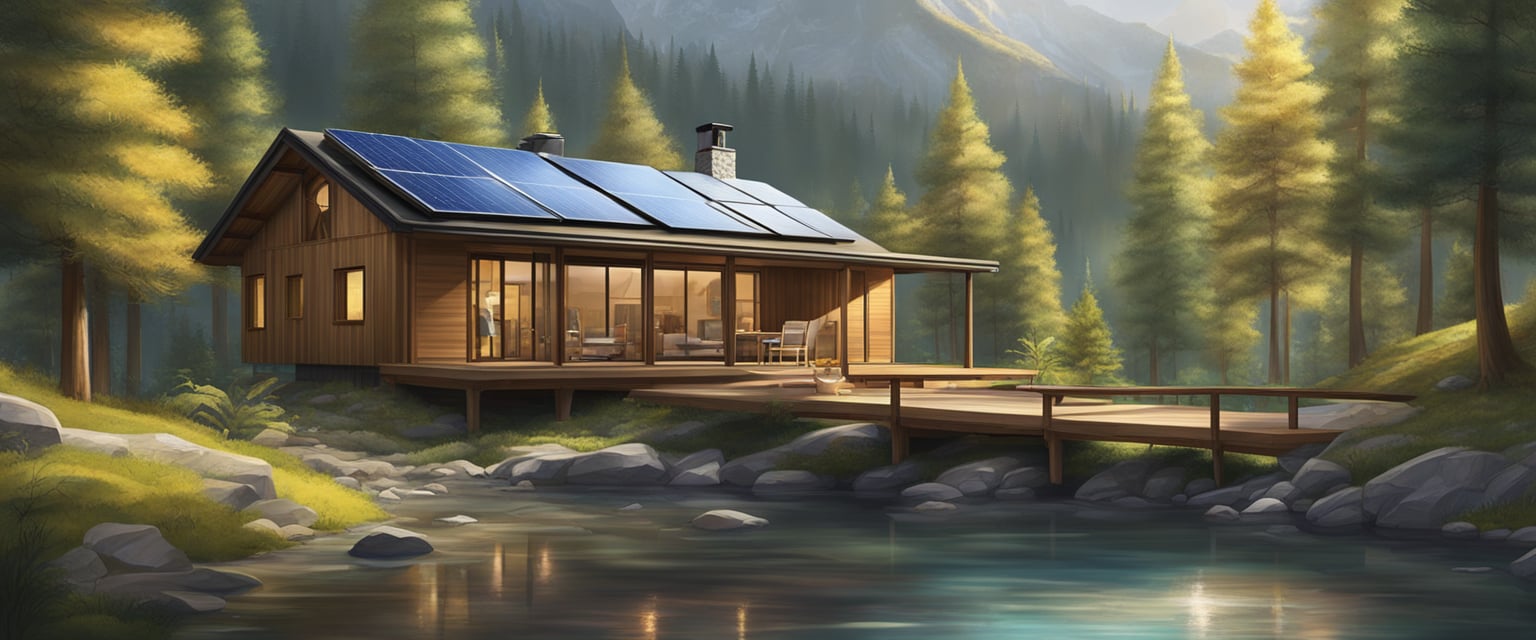
When considering the design and equipment for your bug out location, it’s essential to think about longevity, security, and self-sufficiency. A well-outfitted location should serve as a safe haven for you and your family or group in times of emergency.
Construction and Reinforcement
Your shelter, whether it’s a tent for temporary stays or a cabin for more permanent residency, needs to be structurally sound to withstand harsh weather conditions and potential threats. For tents, opt for reinforced, rip-stop fabrics and robust poles. With cabins or other solid structures, consider fortifying walls and roofs. Materials like concrete and steel can offer additional security and longevity to your construction.
- Tent: Select a high-quality, weather-resistant model.
- Cabin: Use durable materials for construction and add layers for insulation and reinforcement.
Security Measures and Defenses
The security of your bug out location is paramount. Start by surveying the area and identifying potential security threats. Install sturdy locks and solid doors to deter unauthorized entry. A discreet and strategically placed surveillance system can provide you with valuable information about your surroundings.
- Perimeter: Establish a secure perimeter around your shelter.
- Surveillance: Make use of cameras and motion sensors for early threat detection.
Essential Gear and Supplies
Stock your location with essential supplies that cover basic needs and emergency scenarios. This includes a reliable source of water, non-perishable food, medical supplies, and tools for hunting and game preparation.
- Water and Food: Store at least a several weeks’ supply of water and pack your pantry with long-lasting foodstuffs.
- Tools: Keep a well-maintained selection of hunting and utility tools like knives, bows, or firearms.
Remember to regularly check and maintain your gear and supplies to ensure they are functional and ample when the need arises.
Environmental Adaptability
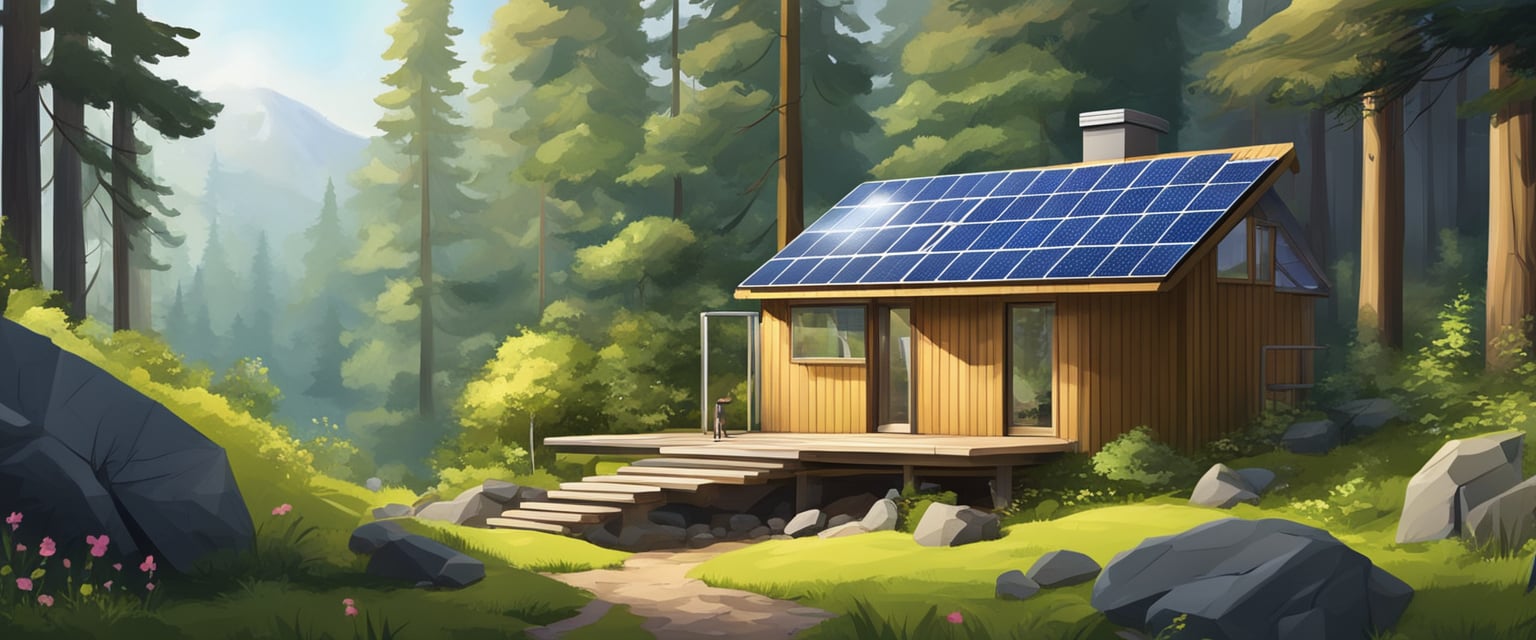
When selecting a bug out location, it’s crucial for you to consider how adaptable the environment is to potential natural disasters and extreme weather conditions. Your location must offer resilience against a variety of environmental challenges.
Preparing for Water-Related Disasters
You must ensure your bug out location has adequate elevation to avoid flooding and is away from tsunami risk zones. Here are steps to ensure safety:
- Flood Maps: Check local flood maps to gauge historical flood patterns.
- Structural Precautions: Choose or modify structures to be above potential water levels, utilizing materials resistant to mold and rot.
Building to Withstand Fire Threats
Fire resilience should be a part of your planning. Mitigation strategies include:
- Defensible Space: Create a buffer zone around your property, free of flammable materials.
- Material Choice: Utilize non-combustible building materials such as brick, metal, or specially treated wood.
Coping with Extreme Weather Conditions
Extreme weather demands a robust defensive approach. Here’s what you need to focus on:
- Insulation: Proper insulation ensures efficiency in both heat and cold.
- Structural Integrity: Regular maintenance checks on your property to ensure it can withstand high winds and heavy snowfall.
By paying close attention to these aspects, you can better adapt your bug out location to face environmental challenges.
Frequently Asked Questions
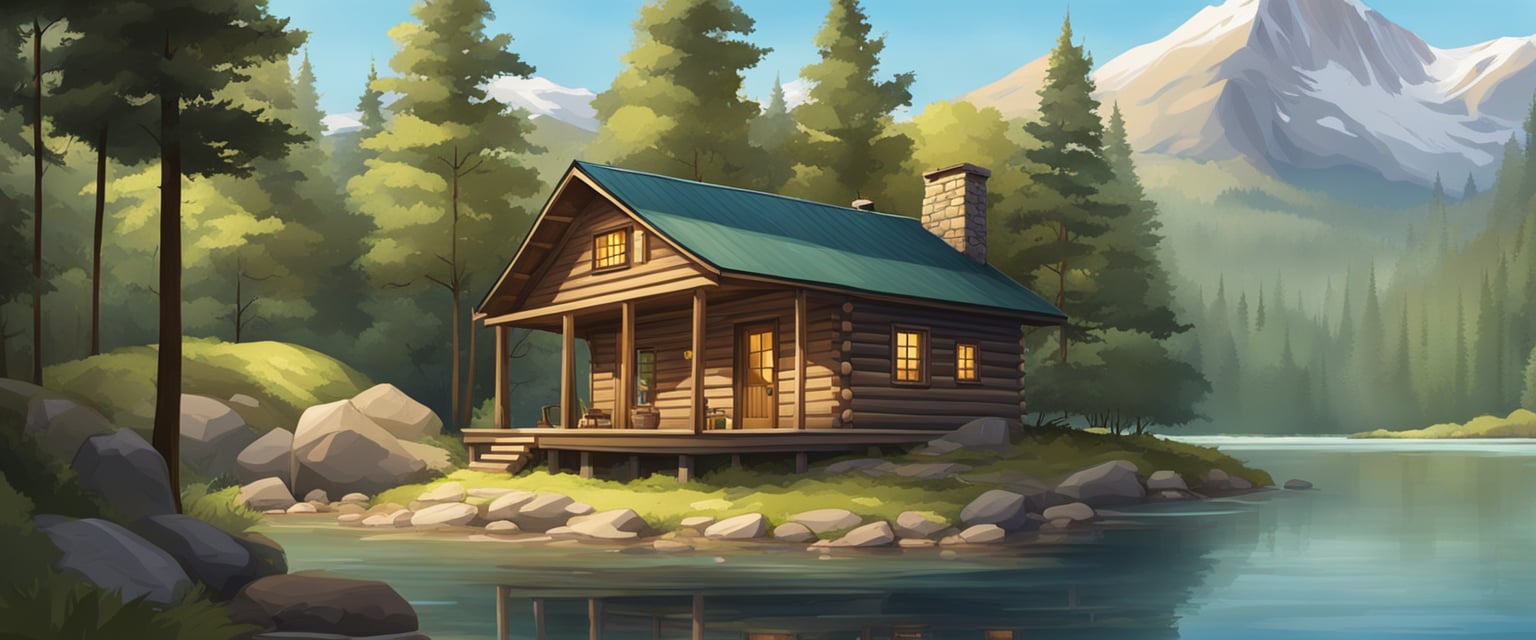
When preparing for unforeseen emergencies, selecting a bug-out location is critical. Here, we address the most pertinent questions to aid you in making an informed decision.
What defines an ideal bug-out location in case of an emergency?
An ideal bug-out location is secluded, yet accessible, provides natural resources like water, and is far enough from densely populated areas to reduce the risk of overcrowding and conflict.
How can one identify and prepare a property for use as a bug-out spot?
To identify and prepare a property, prioritize secure access to water and food sources. Prepare the land to support self-sufficiency through farming or livestock and ensure the property has defensible features against various hazards.
What factors should be considered when choosing a bug-out destination within the United States?
Consider factors like climate, natural disasters prevalent in the area, land accessibility, and legal regulations regarding land use in different states or regions within the U.S.
What are the essential criteria for a bug-out cabin or shelter?
Your bug-out cabin or shelter should be sturdy, weather-resistant, and have storage solutions for supplies. Security measures to prevent unauthorized access should also be incorporated.
In the absence of a personal bug-out location, what strategies should one employ?
Utilize public lands such as National Forests wisely, abide by federal regulations, and have a contingency plan for temporary shelter solutions like tents or natural shelters.
What distance from one’s primary residence should a bug-out location ideally be?
The bug-out location should be far enough to avoid the immediate dangers of your local area but close enough to reach by foot or vehicle before resources run out. Aim for a balance between distance and accessibility.

Leave a Reply